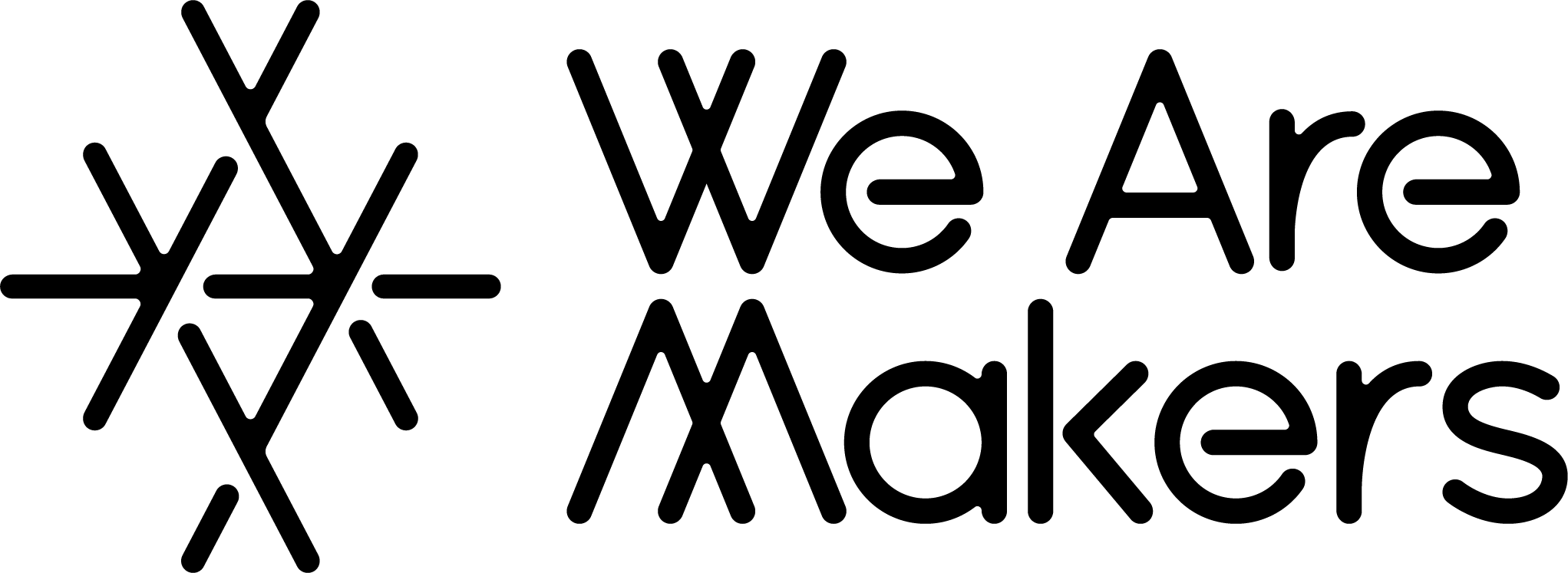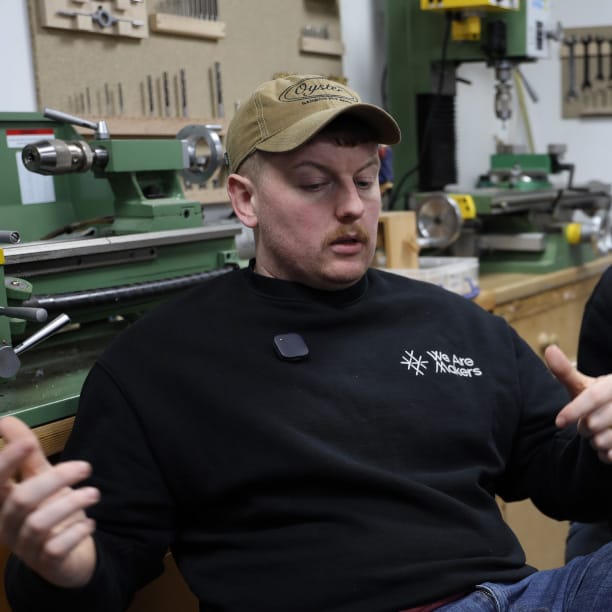Rapture & Wright
Peter Thwaites tells us of his and Rebecca's hand-printed fabrics and wallpapers in Gloucestershire, UK. Discover the artistry of true screen-printing, the importance of sustainability.

Edition 4 Feature
We Interview: Peter Thwaites
Location: Evenlode, Gloucestershire, UK
Photo Credit ©Kirsty Jones / ©Mike Garlic @mikegarlicdesign/ ©Simon Bevan ©Chris Everard @chriseverard
What is it that you do and how do you do it?
We’re designers and makers of hand-printed fabrics and wallpapers. There is an enormous amount of satisfaction in hand screen-printing. It is hard work, but you really achieve something every time you go down the table and print another 15 metres of fabric, especially since you build up the design colour by colour. You see it appearing in front of you, and it never ceases to be satisfying.
Everyone asks us why we don’t do it digitally. But actually, the more stuff that is digitally printed, the more our stuff stands out. When you’re digitally printing, it’s just like an inkjet printer, using lots of little ink heads to produce a blend of colours across the fabric, and it doesn’t really go into the fabric. With screen-printing, the line is much crisper and the colours much purer, because you put really good blocks of ink down and get a really good depth of colour. But I would say that – I’m obviously a fan of true screen-printing.
It’s quite a labour-intensive process. We etch our design onto very large silk screens, to make what is essentially an enormous stencil. Then we roll the fabric on at one end of our very long table – which is about 1.7m wide and 15m long – and iron it down. It’s slightly sticky, to keep the fabric in place. You have a person on each side of the table and pass a squeegee across the screen to one another to force the ink through the mesh, and that prints the pattern onto the fabric. It’s one colour at a time, so if you’re doing three, four, five colours, that means three, four, five passes down the table, each of which takes up to about an hour, depending on the drying time and ink coverage.
How did you first get involved in textiles?





